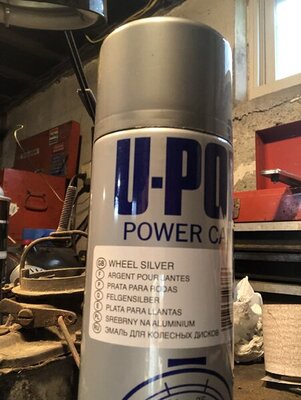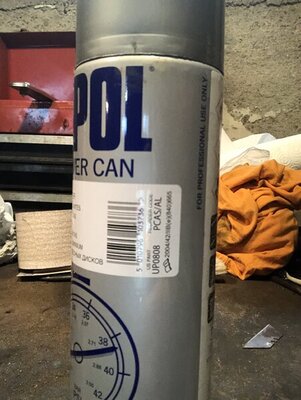VFilms
Well-Known Member
So here's a general guide: From course to fine.can you explain a little more about what color rouge you used... thanks Rich
BLACK = Emery Compound, a course abrasive material for removal of scratches, pits, paint, rust etc.
BROWN = Tripoli compound used for general purpose cut and color on most soft metals.
WHITE = Blizzard compound, used for color and final finish of harder metals (beware with SS), has a cutting action.
RED = Jeweler's Rouge, designed to polish without any cutting action. Safe on thin plates. Use on its own wheel.
BLUE = A dryer, almost greaseless wheel - designed to polish without any cutting action. Safe on thin plates. Use on its own wheel.
GREEN = Used exclusively for Stainless Steel.
These videos are priceless


















